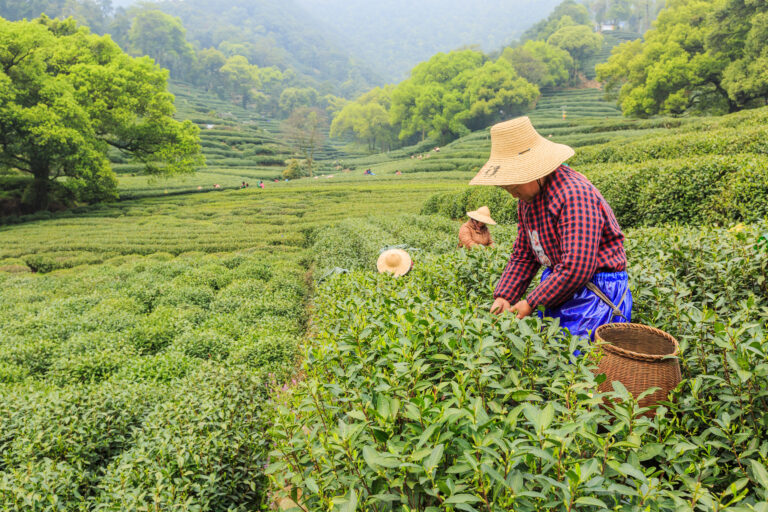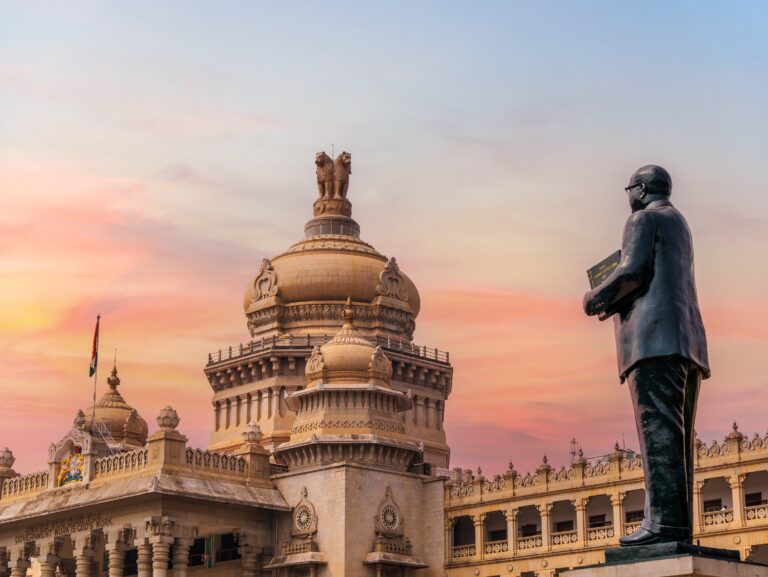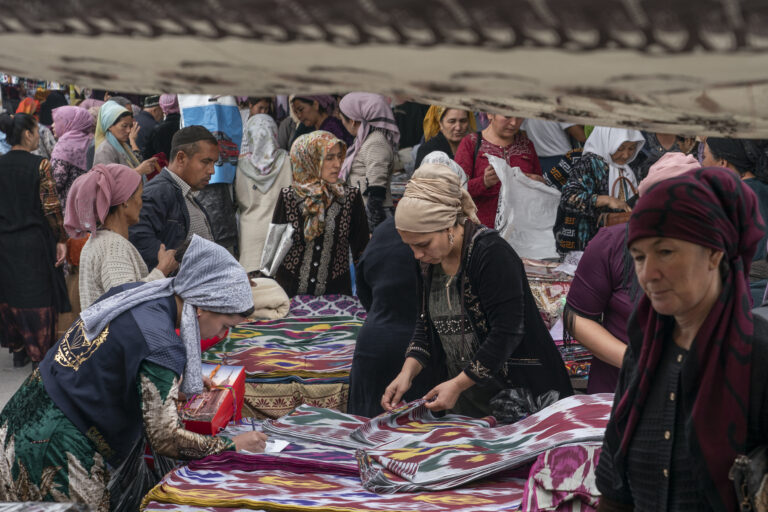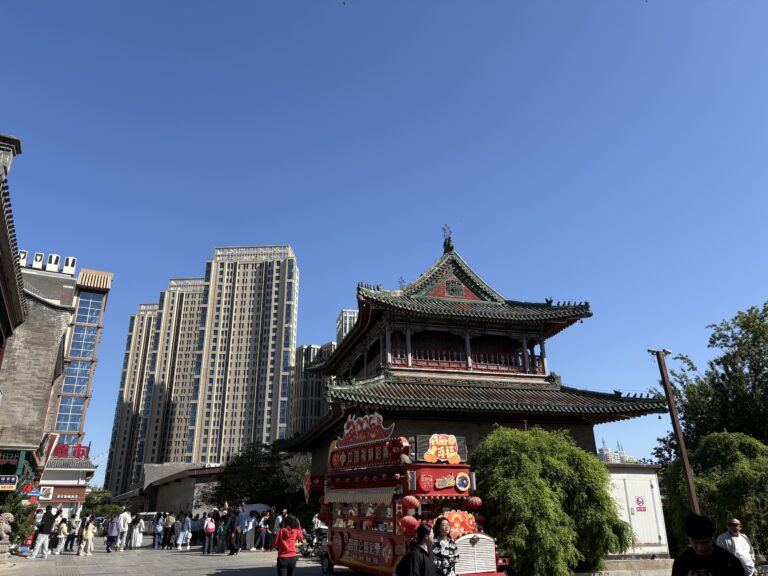The Heartbeat of Iran

Tara Kangarlou is an Iranian-American global affairs journalist who has produced, written and reported for NBC, CNN, and Al Jazeera America. She is the founder of the NGO Art of Hope, an Adjunct Professor at Georgetown University, and the author of The Heartbeat of Iran.
If there’s one truth I’ve come to hold sacred through the years – both as an American journalist and an Iranian woman – is how conflict, at its core, is often born from a lack of knowing, hearing, and understanding. When people are reduced to shadows and headlines, when their lives become obscured by politics or buried under propaganda, fear takes root, misinformation grows, and empathy gets buried deep beneath estrangement. In both my career and personal life, I’ve witnessed that it’s only out of fear that wars get started and out of engagement that they can come to an end.
Based on my professional and lived experiences, I’ve learnt that there’s nothing more important than when one tells their own story – because otherwise, someone else will tell that story for you; and that may be one that’s not factual nor one that you like. When we move past headlines and give people the space to speak for themselves – not as symbols or statistics, but as individuals – something shifts. Understanding takes the place of fear, stereotypes begin to crumble, and in that space, we’re able to connect on a deeply human level.

It is with this belief and effort that I spent over three years reporting and writing The Heartbeat of Iran – to offer a window into the lives of Iranian people currently living in Iran – people too often silenced or reduced to political narratives, nuclear talks, and news bites – all in an effort to remind my global readers that behind every nation are millions of ordinary people simply trying to live, dream, and be seen.
For decades, Iran has been seen primarily through the narrow lens of geopolitics – hostage crises, uranium enrichment, missile programs, and hardline rhetoric. Yet, that’s not the entirety of the Iran story. As I’ve said in every talk and engagement on Iran: Iran is a country of 90 million people, not 90 million nuclear warheads. Far from the monolithic narratives that continue to stereotype Iran and Iranian people, The Heartbeat of Iran is not about Iranian politics, but about Iranian people – those whose stories we rarely see (especially in depth) on mainstream media. It is a portrait of a nation through its everyday citizens, whose lives and dreams are as complex, contradictory, and deeply human as anywhere else in the world.
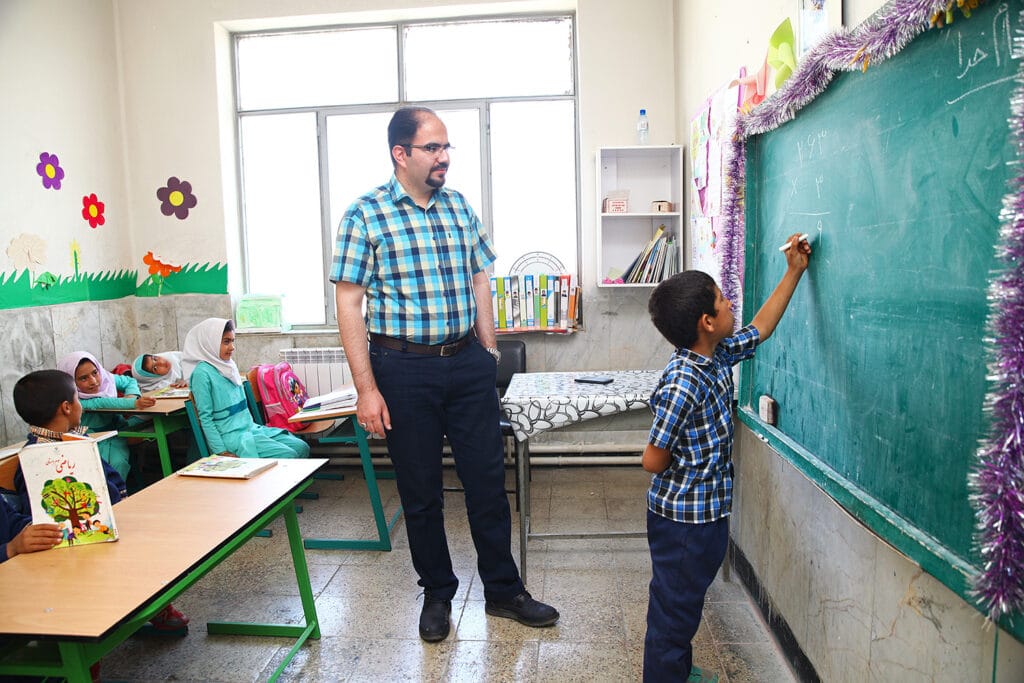
Far from a rosy depiction of a complex society grappling with extraordinary challenges and realities, every single chapter of the book allows Western readers to travel to Iran and meet with people whose life stories depict layers of texture, colour and emotions so far from what’s often projected from one of the most educated societies in the Middle East.
There’s Hassan, a saffron farmer whose devotion to his family’s land speaks volumes about generational pride, environmental hardship, and economic struggle. There’s Sima, a young environmental activist in Iran’s poorest province, who against all odds, earns a PhD with the full support of her devout Sunni father – all the while being blind. And there’s Laleh, Iran’s first female race car driver, who defies the Islamic regime’s policies toward female athletes with grace, grit, and a quiet rebellion that speaks louder than any protest.

Their stories are not anecdotes – they are lifelines. They are the voices drowned out by missile tests and press briefings; and together, they tell the story of a country that is far more intricate than the monolith often portrayed in the West.
As someone who straddles two worlds – Iranian by birth and upbringing, American by citizenship and craft – I’ve long felt the tension of explaining my identity to others. I’ve had to counter the stereotypes, deconstruct the assumptions, and remind people that Iran’s story didn’t start in 1979, nor does it end with headlines from Tehran or the now halted 12-day-war between Israel and the Islamic regime.
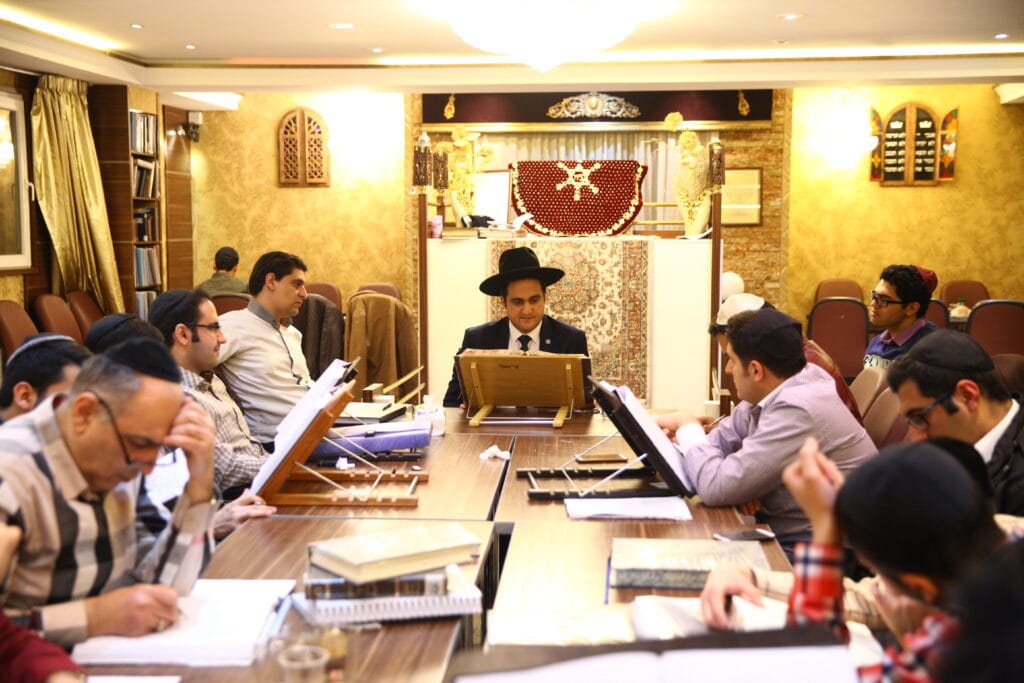
As Iran once again dominates Western news headlines, I hope The Heartbeat of Iran continues to provide the much needed nuanced through which the world can learn about Iran and this diverse nation of 90 million – not as geopolitical pawns, not as potential threats, but as sons and daughters, teachers, dreamers, farmers and students – people whose hopes and heartbreaks are painfully, beautifully, universally human – and far similar to that of millions of others worldwide.
To see a nation through its people – rather than its politicians – is an act of radical empathy. It’s also a quiet revolution against reductionism.
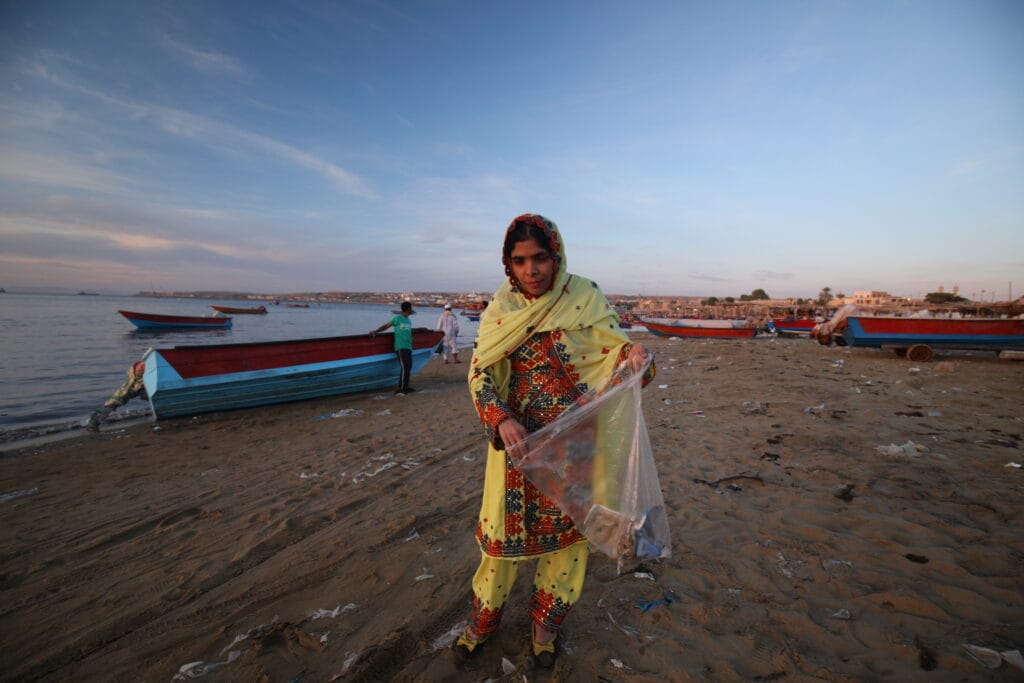
At a time of rising far-right populism, nationalism, and deepening divides – when the “other” is once again being demonised across continents – humanised storytelling is more vital than ever. Cultural diplomacy, people-to-people engagement, soft power – these aren’t lofty ideals; but necessary tools for building long-lasting bridges that can dismantle deeply ingrained fears, fallacies, and stereotypes.
The Heartbeat of Iran remains my humble contribution to this mission – a reminder that the soul of a nation lives not in its government, but in its people. And it’s only when we listen to those heartbeats – steady, resilient, full of longing – that we can begin to truly understand one another and build long-lasting peace, stability and growth.
The opinions expressed are those of the contributor, not necessarily of the RSAA.
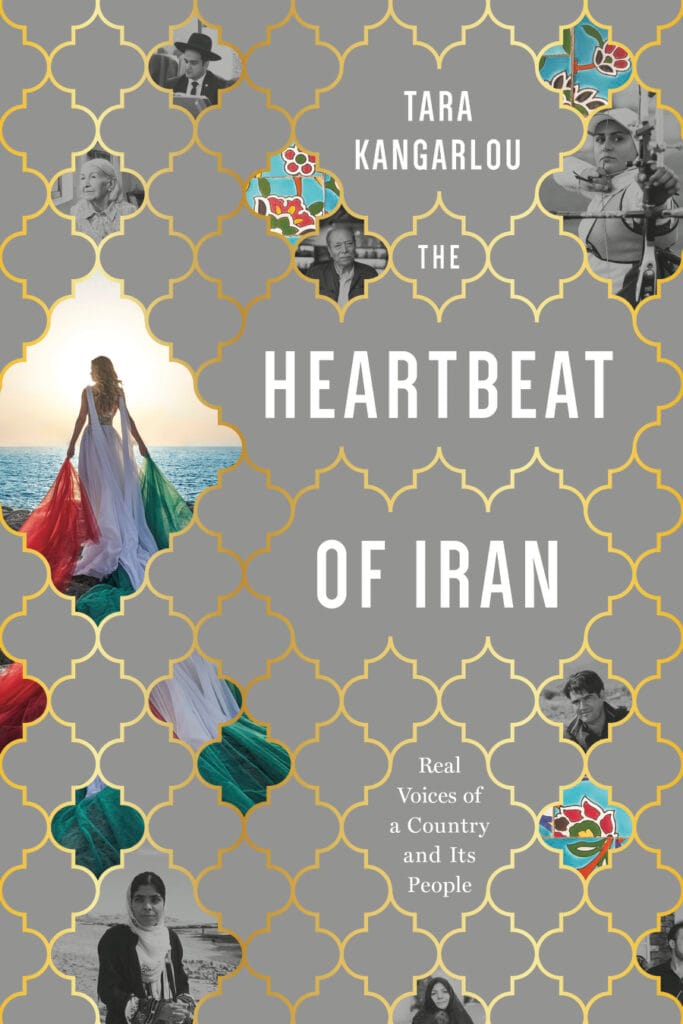
The Heartbeat of Iran: Real Voices of a Country and its People
Through textured portraits of regular Iranians – from a blind Sunni environmental activist to the gay son of a general, from Iran’s first female race car driver to a young rabbi who is training the future generation of Jewish rabbis in Israel’s enemy state – The Heartbeat of Iran reveals a people whose dreams and fears mirror that of millions of others worldwide, and who yearn to join an international community that often views them through the blur of a hostile political fog.

